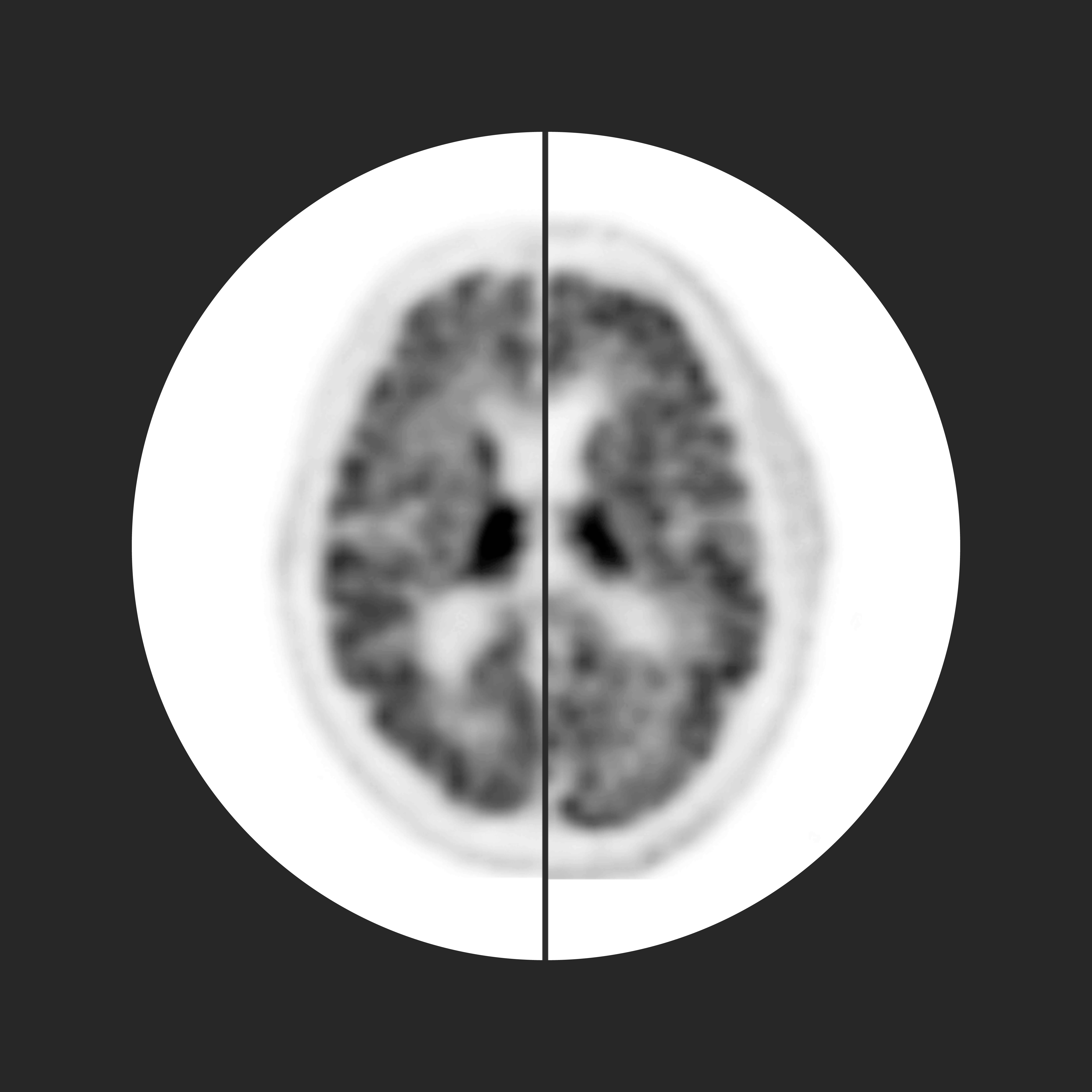21 May 2024
What am I looking at? A Brain Teaser
EPISODE 2
21 May 2024
EPISODE 2

The images created during the daily scientific and medical endeavours at the Champalimaud Foundation can be as beautiful and compelling as any work of art. To the untrained eye, these images might also appear baffling, but, if you know what you’re looking at, they may just reveal information that can spark discoveries, contribute to the improvement of patient quality of life and maybe even alter our understanding of reality.
Through a combination of images, sound and text, each edition of this series asks Champalimaud Foundation researchers and clinicians to consider images from their own work, decoding these complex visuals and deepening our understanding of their work through this simple question: “What am I looking at?”
For edition two, like the proverb says, two heads (or at least two brains) are better than one, but can you see what the differences in these images represent? You’ll need to be a real brainiac to get this one, brought to you by the Nuclear Medicine Service.
"No prizes on offer for identifying a brain, but in fact, what you’re looking at are two brains rather than one; each brain half belongs to a different patient. This video captures how the concentration of a special radioactive tracer changes over a 60-minute period after intravenous injection.
The darker the area, the more tracer there is. Over time, the tracer binds to beta-amyloid plaques—these are clumps of proteins that can build up in the brain.
As the video progresses, and the tracer settles, a subtle difference between the two brains begins to emerge. On the right side, you may notice darker regions in one patient’s brain, especially in the outer layer known as the cerebral cortex—which handles functions including memory. These darker regions indicate a high density of beta-amyloid plaques, one of the hallmarks of Alzheimer’s disease."
